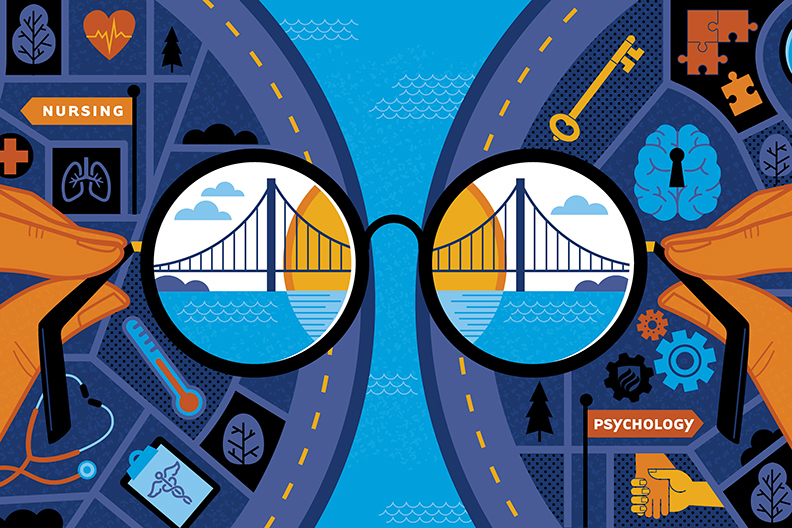How to Get Involved with Environmental Advocacy
UNDERGRADUATE PROGRAMS | 3 MIN READ

We’re always told that every little bit of concern about the environment makes a difference: drinking from reusable water bottles, forgoing straws, taking shorter showers. Those are helpful, for sure, but they are incremental and limited by the number of people who embrace such mindful habits.
Real progress on conservation and climate change comes not from individual actions but from policy shifts, organized environmental advocacy and mass education efforts.
If that’s the level of environmental involvement you’re interested in, understanding the science and politics behind climate change is critical. And the best way to root your idealism into a scientific foundation is to dig into concepts in biology, chemistry, geology and physics.
Most colleges and universities that offer an environmental studies major provide an interdisciplinary curriculum that includes classes in environmental sciences, government, economics, urban development, ethics and communication. Beyond the degree itself, completing a formal program means you will gain a network of professors and students who share your idealism.
You and your classmates will examine ecological systems, energy cycles and sustainability goals. You’ll go beyond understanding the issues to developing workable solutions. You’ll learn how to conduct field research and lab experiments. And you’ll discover the professional pathways that align with your values.
According to the U.S. Bureau of Labor Statistics, jobs related to the environment are expected to grow 8% over the next decade.
Environmental advocacy can take many forms, with a degree in environmental studies opening doors to careers focused on conservation, alternative energy sources, policy-making, consulting and research.
Environmental advocates can be found working in academia, nonprofits, the government and the private sector. They are researchers, policymakers, field workers and communication specialists. They work at places like the Environmental Protection Agency, the National Park Service and the U.S. Geological Survey.
Some of the more popular pathways in environmental activism include:
- Conservation of national resources: Restoring and cultivating forests, grasslands, wetlands and watersheds; land-use regulation, environmental reclamation and ecological restoration
- Alternative energy: Studying different fuels and energy systems, such as bioenergy and sustainable engineering; examining renewable energy policies within the national discussion about climate change
- Environmental engineering: Reducing the repercussions of technology and engineering on the natural and built environment and applying ethical principles to water purification, waste disposal, recycling and sustainable manufacturing
- Oceanic and atmospheric sciences: Working with government agencies, consultancies and aviation companies to maintain the health of the oceans and atmosphere
Whatever specific field you enter, you’ll share with your colleagues an abiding sense of stewardship and responsibility for the earth, whether that means preventing pollution, reversing damage to habitats, preserving limited resources or expanding education and outreach.
Learn More About Environmental Advocacy in a University Setting
Looking to explore research or build a career in environmental advocacy? Elmhurst University offers a bachelor’s degree program in Environmental Studies that delves into both science and policy. Request more information about it today!




